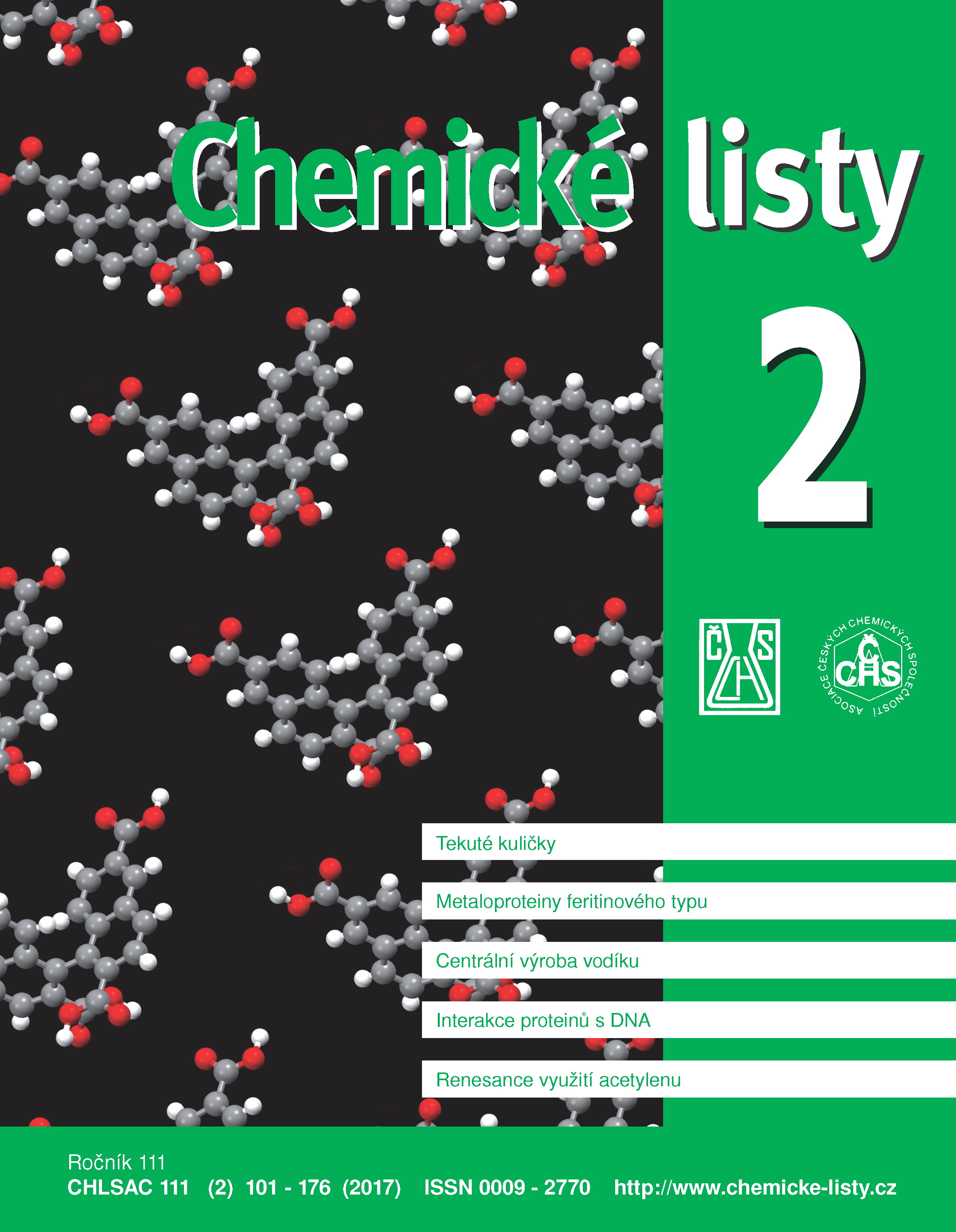Defensive Mechanisms of Phytoplankton against Oxidative Stress Caused by Heavy Metals
Keywords:
heavy metals, phytotoxicity, oxidative stress, defensive mechanismsAbstract
The replacement of essential elements by heavy metals exercises an influence on phytoplankton ultrastructure and metabolism. When metals enter into the algal cells, they transform some biological ultrastructures, e.g. chlorophylls. Created metalo-biomolecules retain energy and block the electron transport chain. Increased generation of reactive oxygen forms is a result of abnormal metabolic activities and reactive oxygen species may cause a denaturation of biomolecules. Phytoplankton alleviates the toxicity of metals and oxidative stress through enhancing the defensive mechanisms. Production of phytochelatines is involved in the protection against the replacement of essential element by toxic metals. Antioxidants, such as superoxide dismutase, catalase, ascorbic acid, glutathione, and many peroxidases protect phytoplanktonic cells against oxidative stress.





